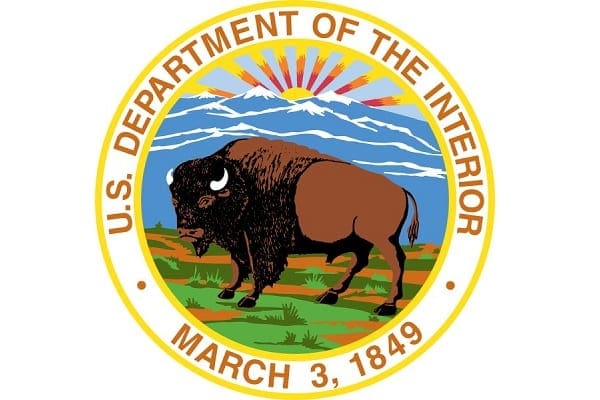ICYMI: The Trump Administration and its partners are building the long-awaited Arkansas Valley Conduit to deliver clean and reliable water to rural Colorado

Originally Published by The Pueblo Chieftain
By: U.S. Secretary of the Interior David L. Bernhardt
In 1962, after years of planning, President Kennedy visited Pueblo and announced that the United States Government was moving ahead with the “most important step” to develop and conserve Western water resources by authorizing the Fryingpan-Arkansas Project. Nearly 60 years later, the Trump Administration, along with its partners, is fulfilling this unkept promise and constructing this project.
When completed, what is now referred to as the Arkansas Valley Conduit Project (AVC), the AVC will convey clean water from Pueblo Reservoir via 230 miles of pipelines to 40 communities and approximately 50,000 people in Southeastern Colorado. After Congress authorized the project, financing the project became a significant challenge for the rural communities.
Over the past three years, the Trump Administration – working alongside Senator Cory Gardner, who has been an outspoken advocate for the project and attended our groundbreaking ceremony in Pueblo – has collaborated with project sponsors to reduce costs and the need for federal appropriations, identifying additional funding revenues from both federal and state sources. The total cost of the AVC is estimated to be between $564 million and $610 million with 35 percent of the costs being repaid by project beneficiaries over a period of up to 50 years.
The Bureau of Reclamation has invested $28 million toward construction of AVC in 2020 alone, compared with a mere $24.7 million in total federal investment over the course of the past 60 years. The Trump Administration’s investment has been crucial to developing local, state and regional financing for project sponsors.
In addition to financial woes, decades of political wrangling and regulatory uncertainty have hampered the project. The challenges seen by this project have been issues nationwide for other critical water infrastructure projects. This has created a never-ending cycle of “stop and start,” making project scoping, development and local investment in water infrastructure projects almost impossible to sustain. The result has been subjecting thousands of people to an unreliable water supply, and expensive access to our most basic and precious resource.
We used to be a nation of builders, and the Trump Administration has been committed to making this the reality again by working alongside communities, taking common sense deregulatory actions and investing in American businesses and their workforce to create more jobs.
In August of 2017, President Trump signed Executive Order 13807: Establishing Discipline and Accountability in the Environmental Review and Permitting Process for Infrastructure Projects. In response, the Department implemented a new, streamlined process for infrastructure and energy projects, slashing permitting timelines by years without sacrificing legal or scientific integrity.
In October of 2018, with the signing of the Presidential Memorandum on Promoting the Reliable Supply and Delivery of Water in the West, the Departments of the Interior, Commerce, Energy and Army were directed to focus on addressing “fragmented water infrastructure regulations” and “minimiz[ing] unnecessary regulatory burdens and foster more efficient decision-making” to modernize water projects to better meet demand. President Trump advanced this direction in February of 2020 when he signed another Presidential Memorandum further implementing our national policy – “to modernize our Federal western water infrastructure to deliver water and power in an efficient, cost-effective way.” Regardless of historic excuses or current political dynamics, this administration has delivered for the people of the West by putting the West’s most precious resource first because it is the right thing to do. The AVC is just one example.
In 1962, President Kennedy envisioned this moment, stating: “Anything we begin today is for those who come after us. And just as those who began something years ago make it possible for us to be here, I hope we fulfill our responsibility to the next generation that is going to follow us.” After nearly 60 years of unkept promises, President Trump is fulfilling that vision.
About the U.S. Department of the Interior
The Department of the Interior conserves and manages the Nation’s natural resources and cultural heritage for the benefit and enjoyment of the American people, provides scientific and other information about natural resources and natural hazards to address societal challenges and create opportunities for the American people, and honors the Nation’s trust responsibilities or special commitments to American Indians, Alaska Natives and affiliated island communities to help them prosper.
